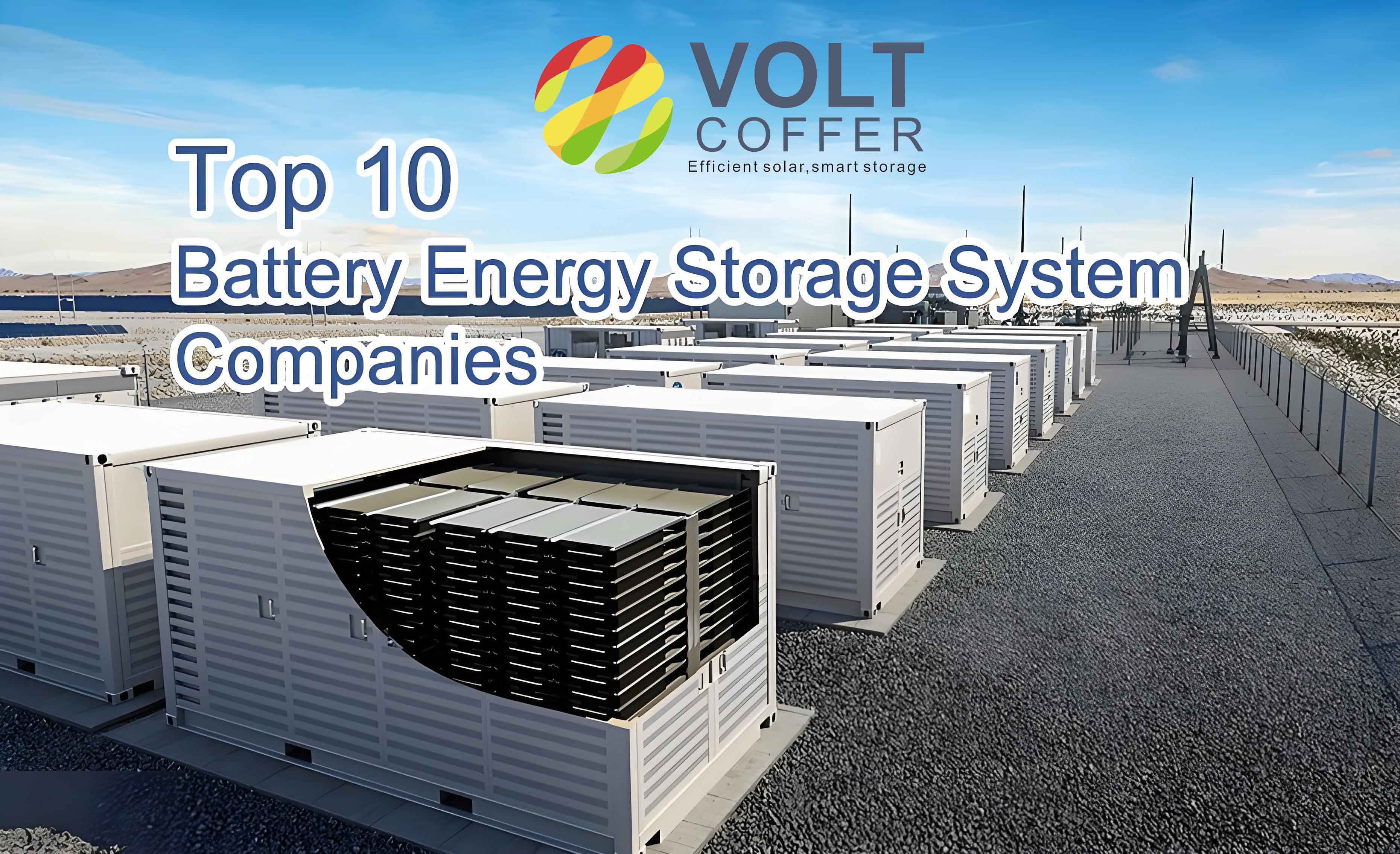
Abstract
This paper presents a comprehensive study on energy consumption reduction strategies for air conditioning systems in containerized energy storage battery facilities. We propose a centralized refrigeration station coupled with water thermal storage technology to optimize the cooling efficiency of energy storage battery containers. Through theoretical analysis of two demonstration projects in Shandong Province (Project A: air-cooled system; Project B: liquid-cooled system), we demonstrate significant improvements in energy efficiency and operational economics. Key findings include:
- Project A achieved 53.83% reduction in annual HVAC energy consumption with 85.7% of cooling load shifted to low-tariff periods.
- Project B reduced annual HVAC energy use by 31.14% while increasing low-tariff period utilization to 86.49%.
The methodology integrates thermodynamic modeling, equipment optimization, and demand-side management to address the critical challenge of cooling energy intensity in energy storage battery systems.
1. Introduction
The rapid deployment of energy storage battery systems has become essential for modern power grids to balance intermittent renewable generation. Containerized lithium-ion battery solutions dominate the market due to their modularity and scalability. However, the thermal management of these systems accounts for 50–80% of auxiliary energy consumption, directly impacting operational costs and cycle life.
1.1 Thermal Challenges in Energy Storage Battery Systems
Energy storage battery containers generate substantial heat during charge/discharge cycles:
Qgen=ncellI2Rintτcycle
where:
- Qgen = Total heat generation (kWh)
- ncell = Number of battery cells
- I = Operating current (A)
- Rint = Internal resistance (Ω)
- τcycle = Cycle duration (h)
Typical heat flux densities range from 150–300 W/m³, requiring precise thermal management to maintain optimal operating temperatures (15–35°C) and minimize cell degradation.
2. Cooling System Architectures
We analyze three mainstream cooling configurations for energy storage battery containers:
| Parameter | Air Cooling | Liquid Cooling | Hybrid Water Storage |
|---|---|---|---|
| COP | 2.8–3.5 | 4.0–5.2 | 5.5–6.8 |
| ΔT uniformity | >5°C | <2°C | <1.5°C |
| Energy Intensity | 0.25–0.35 | 0.18–0.25 | 0.12–0.16 |
| (kWh/kWh stored) |
Table 1: Performance comparison of cooling systems for energy storage batteries
The proposed hybrid system combines liquid cooling with water-based thermal storage:
COPhybrid=Wcomp+Wpump+WstorageQcool
where thermal storage enables load shifting to leverage time-of-use electricity pricing.
3. System Modeling and Optimization
3.1 Thermal Load Calculation
Total cooling demand for energy storage battery containers comprises:
- Battery Heat Dissipation
Qbatt=ηlossErated - Ambient Heat Infiltration
Qamb=UA(Tout−Tset) - Auxiliary Equipment Heat
Qaux=∑Pequipτop
Total cooling capacity requirement:
Qtotal=ksafe(Qbatt+Qamb+Qaux)
where ksafe = 1.2–1.5 safety factor.
3.2 Water Storage Sizing
Thermal storage capacity for 2-hour discharge:
Vstorage=ρcpΔTQtotalτdischarge
where:
- ρ = Water density (1,000 kg/m³)
- cp = Specific heat (4.18 kJ/kg·K)
- ΔT = Temperature differential (10–15°C)
4. Case Study Analysis
4.1 Project A: Air-Cooled System Retrofit
Base Configuration:
- 100 MW/200 MWh energy storage battery farm
- 40 containers with 160 air-cooling units
- Annual energy consumption: 1.6358 GWh
Optimized System:
| Component | Specification | Quantity |
|---|---|---|
| Chillers | 1,478 kW @ COP 5.5 | 2 |
| Thermal Storage Tank | 342 m³ capacity | 1 |
| AHUs | 5500 m³/h @ 1.5 kW | 80 |
| Piping Network | Pre-insulated polyurethane | 1 set |
Energy Performance:
ΔE=1.63581.6358−0.7553×100%=53.83%
4.2 Project B: Liquid-Cooled System Enhancement
Original Design:
- 100 MW/200 MWh energy storage battery array
- 30 containers with 60 liquid cooling units
- Annual consumption: 1.2384 GWh
Upgraded Configuration:
| Component | Specification | Quantity |
|---|---|---|
| Chillers | 1,700 kW @ COP 5.5 | 2 |
| Thermal Storage Tank | 438 m³ capacity | 1 |
| Hydraulic Modules | 40 kW @ 2.2 kW | 60 |
Energy Savings:
ΔE=1.23841.2384−0.8527×100%=31.14%
5. Operational Strategy
The control algorithm optimizes energy storage battery cooling through:
- Price-Driven Load Shifting
tcharge=argmint(λelec(t)×Pcool(t)) - Ambient Temperature Utilization \text{Chiller} & T_{wet} > 10^\circ C \\ \text{Free Cooling} & T_{wet} \leq 10^\circ C \end{cases} $$
- Thermal Storage Dispatch
SOCstorage=VtotalVused×100%
6. Economic Evaluation
| Metric | Project A | Project B |
|---|---|---|
| Capital Cost ($/kWh) | 18.7 | 22.3 |
| O&M Savings (%) | 41.2 | 29.8 |
| Payback Period (years) | 3.8 | 4.6 |
| NPV (10-year, million $) | 2.34 | 1.87 |
Table 2: Cost-benefit analysis of energy storage battery cooling upgrades
7. Conclusion
This study validates that centralized refrigeration with water thermal storage significantly improves the energy efficiency of energy storage battery thermal management systems. Key achievements include:
- 53.83% energy reduction in air-cooled systems
- 31.14% savings in liquid-cooled configurations
- 85% load shifting to low-tariff periods
Future work will explore phase-change materials and advanced predictive control algorithms to further optimize energy storage battery performance and longevity.
